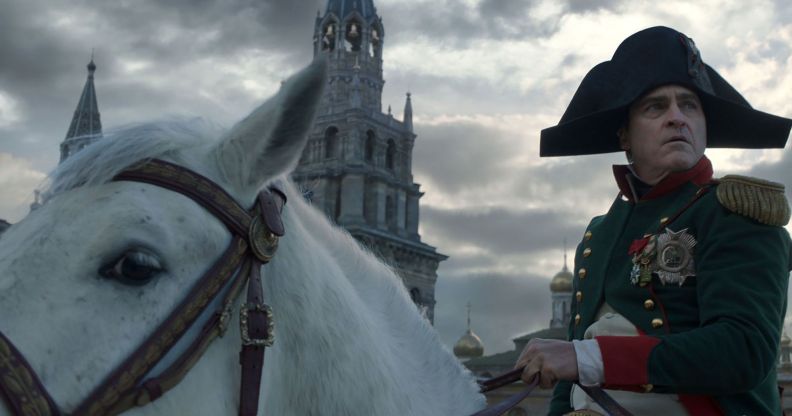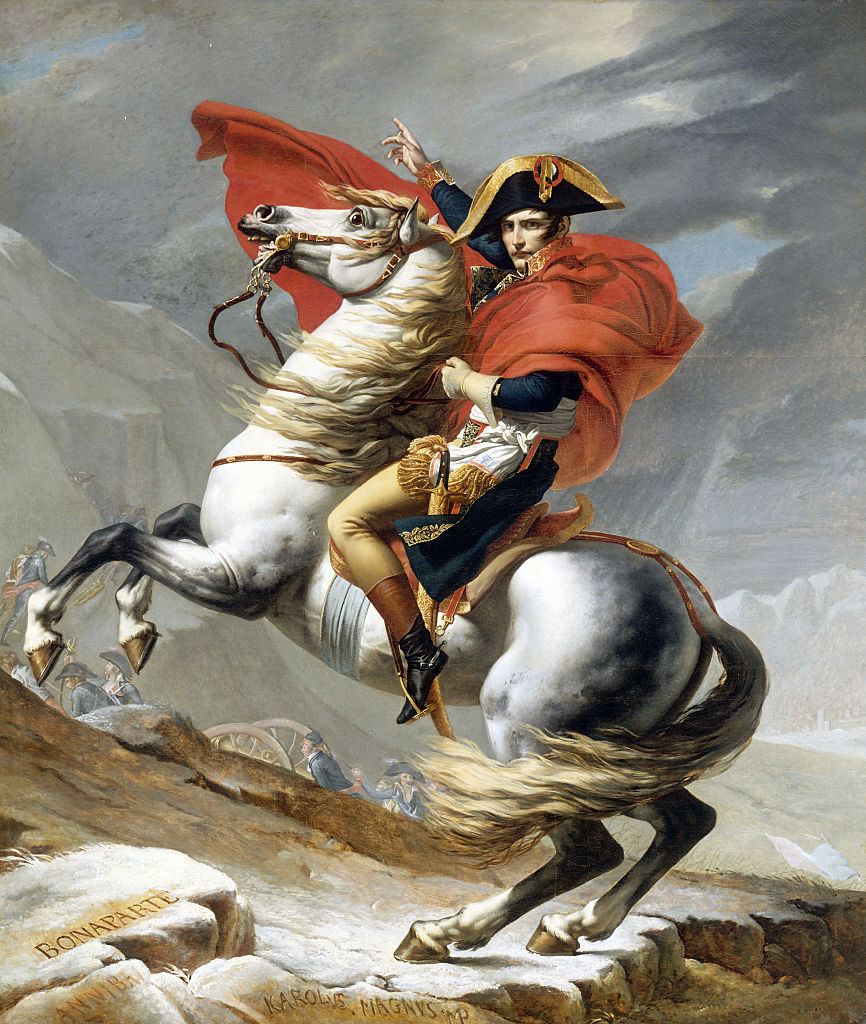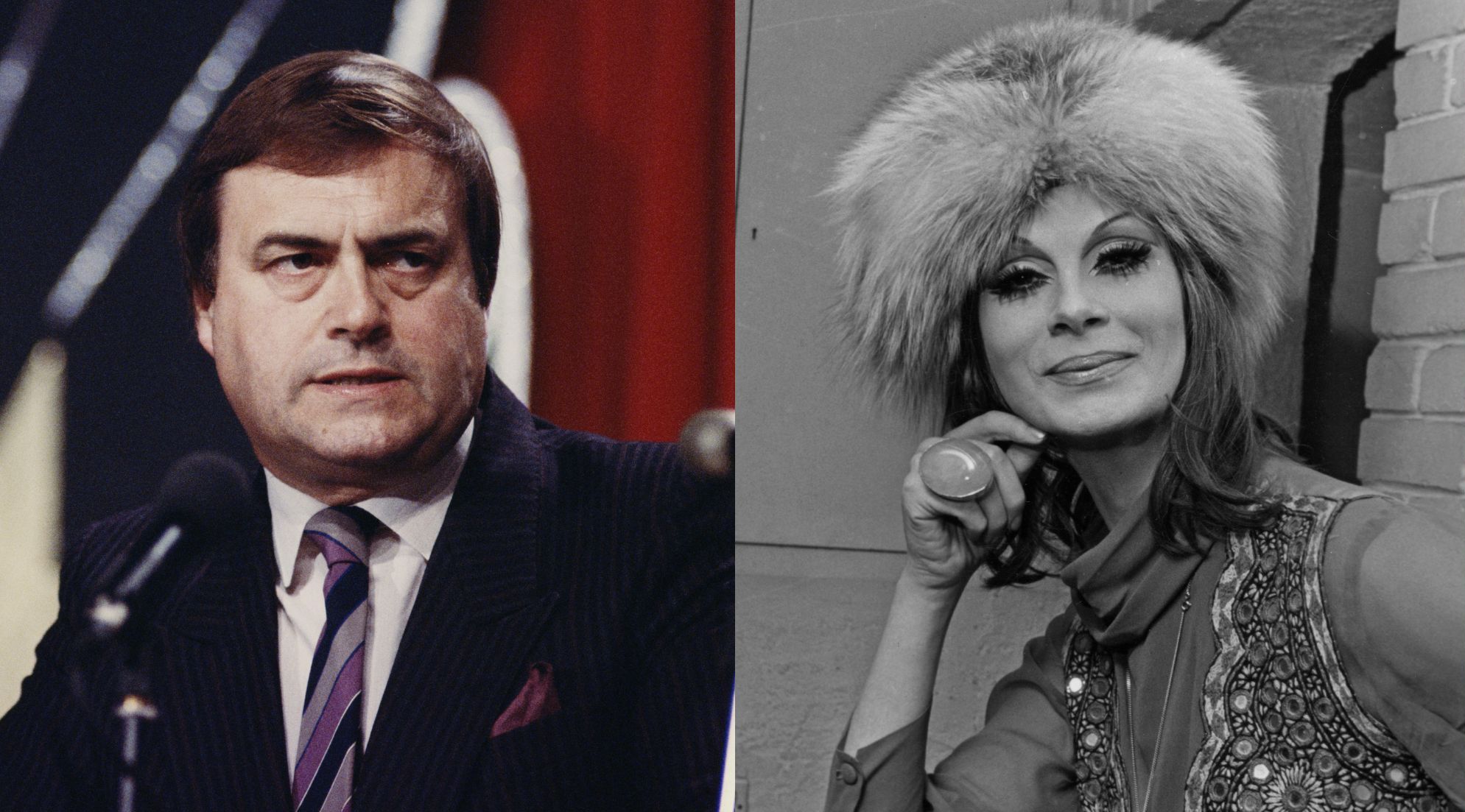Was Napoleon bisexual? Five historical icons thought to be LGBTQ

Joaquin Phoenix as Napoleon in Ridley Scott’s new film. (Apple TV+/Columbia)
With Ridley Scott’s hotly anticipated film Napoleon finally now in cinemas, there’s a renewed focus on the life and legacy of France’s most notable emperor.
Born in 1769, Napoleon Bonaparte came to prominence during the French Revolution, and later became leader of the French Republic.
Napoleon was married twice, to women, but that hasn’t stopped people from speculating about his sexuality. He lived in an era where being openly and outwardly gay or bisexual was impossible – although if you were going to try it, France was probably the right place to be.
In the years since Napoleon’s death, his sexuality has been explored by experts and academics. In 1972, Frank M Richardson studied the evidence in his book Napoleon: Bisexual Emperor.
That book, which is now out of print, explores Bonaparte’s relationships with the likes of Alexander I of Russia. He was apparently charmed by the Russian czar, describing him as “especially handsome, like a hero with all the graces of an amiable Parisian”.
Later, Napoleon wrote to his wife: “If Alexander were a woman, I would make him my mistress.”

We’ll never know exactly what Napoleon really meant. It’s entirely possible he was simply telling his wife that Alexander was malleable, somebody who could be manipulated – or maybe he was trying to communicate an attraction that was, at the time, uncommunicable.
Terms like “bisexual” didn’t exist when Napoleon was alive, which complicates things further. LGBTQ+ people often look back and try to assess whether somebody might have been queer, but it’s essential that when we do, we remember that it’s unlikely people would have thought of themselves in the same terms we do today.
Even so, that doesn’t mean we can’t speculate about historical figures and whether they might have been lesbian, gay, bisexual or transgender, if the right language and modes of expression had existed in their life time.
As Napoleon’s sexuality and life once again comes to the fore, we take a look at four other historical figures who have endured endless speculation about their sexuality or gender expression.






